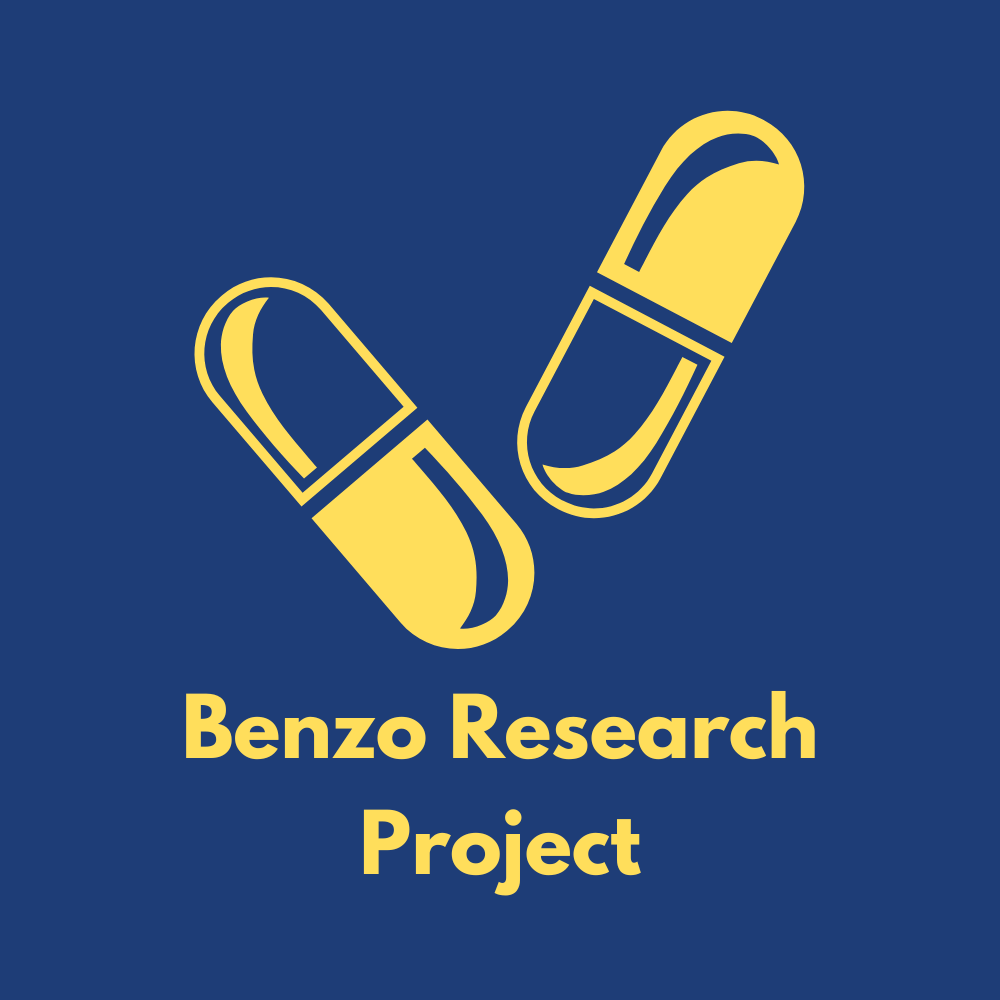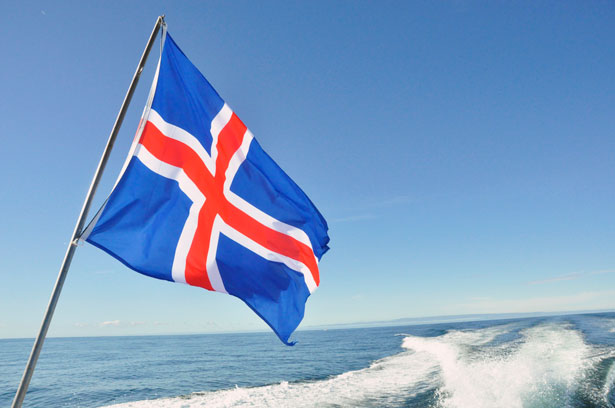According to Inga Dóra, a
professor at the Reykjavik University, past efforts used by
Iceland primarily focused on educating young people on the
harmful effects of drugs and alcohol misuse. However, this
proved ineffective and a new approach was thought out. This
model was called Youth in
Iceland.
Based on the research done by Harvey Milkman on addiction and substance use, this new model focused on using laws and recreational activities to prevent teens from using alcohol and substances. This method particularly targeted the teens who were using drugs to handle stress. People were getting addicted to the changes in their brain chemistry, but were often using substances in order to reach those highs. Alternative to that, Milkman suggested building a social change to instead encourage “natural highs”. Some of the actions involved in the Youth in Iceland model included the implementation of laws to ban the buying and selling of tobacco to those under the age of 18, and alcohol to those under the age of 20. Children aged between 13 and 16 were also not allowed to be outside after 10pm during winter and 12am during summer. In turn, funding was increased for recreational activities such as team sports, music, art, and dance which allowed the construction of new facilities. Parental involvement in their children’s life was also needed to make this model a success. Parents were required to sign agreements for the Home and School programme, Iceland’s national umbrella body for parental organisations. In return, they were rewarded for “prosocial involvement” with their children, such as volunteering at a food bank. This meant that parents were more involved in their children’s upbringing and issues. To track the progress of the model and give updated data, surveys on drugs and alcohol usage among teens was conducted yearly. The model provided great results. The number of teens who used any harmful substances decreased drastically over the span of 20 years. The percentage of teens who were drunk, smoked, or used cannabis was in the double digits in 1998, but has since fallen to single digits in 2015. The number of teens who were drunk and smoked daily decreased continuously over this time span. There was a slight uptick in the number of teens who used cannabis in 2008 to 2010, but has since fallen and stabilised over the five following years. Overall, this shows that teens in Iceland have looked to other measures to reach that “high” as stated by Milkman, and those methods did not include the use of drugs. Today, Iceland ranks as one of the lowest in teenage substance use among European countries. There were also correlational values found in the results of the model, namely:
These results have contributed to the decline in substance use for teens in Iceland. Hence, the Youth in Iceland model was improved to target these results.Due to the success of the model, other countries have tried implementing this to combat the high levels of substance abuse among teens in their respective countries. In 2018, the University of Chile implemented this model in six areas of the Metropolitan Region of Chile, with the work currently underway. Harvey Milkman has also promoted this model to countries such as India, Finland, and Colombia. Of course, one must question whether the model can be used to achieve similar results in other countries. It may be harder to implement this model in countries like India and Colombia, as these countries have a higher percentage of youths to their total population. Resources may also be lacking in order to to lead the efforts required by the model. Furthermore, there are differences in the social relations (ie. the population density) which could make the policies required by the model hard to enforce. For example, it will be harder to implement the agreements for parents to be more involved in India than in Iceland because the social relations in India are weaker than in Iceland. This does not necessarily mean that the model will fail in other countries, as can be seen with Scotland. Scotland is looking to replicate this model but there are a few issues they must look to solve. Stakeholders have agreed to implement the model, but it must be modified so that it is relevant to Scotland’s issues. This is due to the cultural differences between Scotland and Iceland, hence the effectiveness of the model might be different. Not everyone will be interested or able to play sports, which the model primarily focuses on. Hence, one of the possible changes to implementing the model is to make the model more inclusive and identify which activity can run alongside sports. If this change works, it could be argued that the concept of the model works. It is possible to see the effect of the Youth in Iceland model in delaying the age when teens first use harmful substances. Thus, it prevents teens from getting involved in dangerous situations and also allows teens to have greater self control. It can be seen that the model was successful, but the question of its effectiveness remains for countries that have a larger population density and a different culture. Yet, a different approach is always welcome, especially when it comes to ensuring the youth lives healthily in the future. This post was written by Im Chiew Ng, edited by Ray Jerram, and published by Volteface. Instagram: @benzoresearchproject TikTok: @benzoresearchproject LinkedIn: Benzo Research Project Tags: |
ContributorsAJ MartinCo-Head of Research Ray JerramFormer Head of Blogs Im Chiew NgFormer Outreach Officer Joanna BrightCo-Head of Research Zara NelsonFormer Outreach Officer Ross WebsterFormer Head of Social Media Categories
All
|
BENZO RESEARCH PROJECT



 RSS Feed
RSS Feed